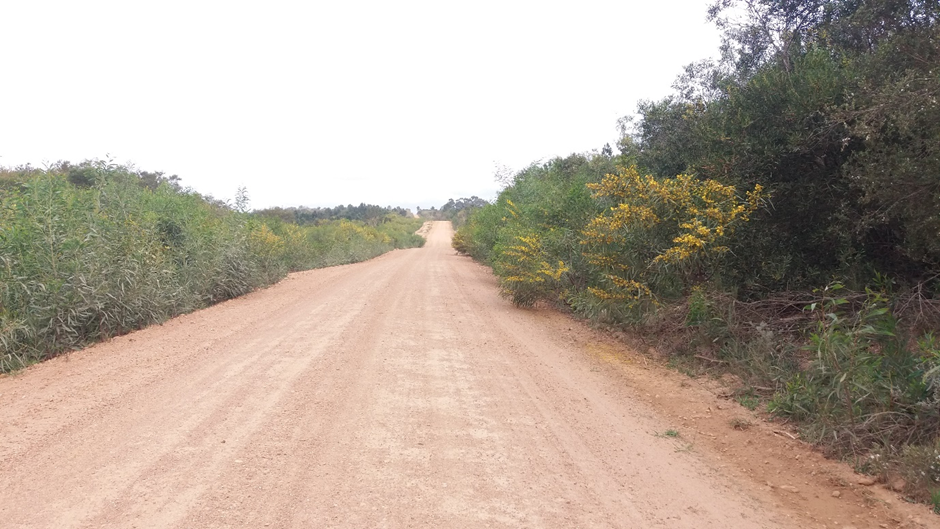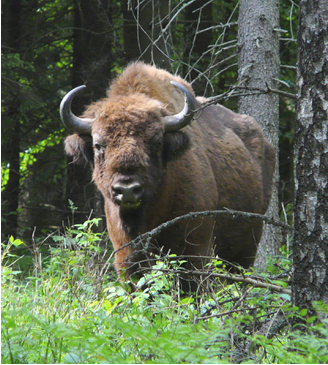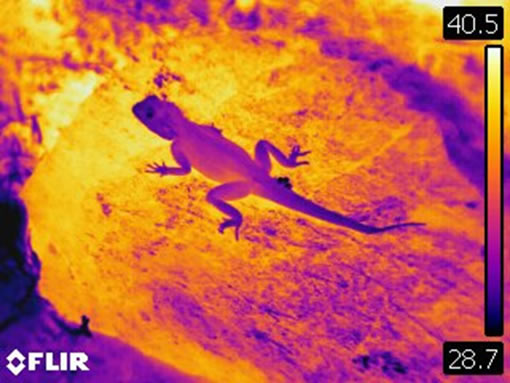17 May 2021 | By Bhongolethu Mtengwana
A recent study by former C∙I∙B student, Bongolethu Mtengwana, demonstrated the advantage of combining different species distribution models to identify areas that are at risk of future invasions by Invasive Alien Plants (IAPs).

The study by Bhongolethu together with Professor Timothy Dube and Dr Bester Tawona Mudereri, all from the University of Western Cape, and Dr Cletah Shoko (University of the Witwatersrand ) incorporated climate data and satellite remotely sensed data to gain insights of how the future distribution of IAPs would look like in the Heuningnes catchment in the Western Cape, South Africa.
The spational distribution of IAPs is commonly modelled using bioclimatic data. However, the combination of these datasets with that of environmental and remote sensing datasets has been documented as a way to improve the prediction abilities of species distribution models.
Following this approach, the researchers combined multiple strong predictive species distribution models to pinpoint areas that are at risk of invasion. The predicted future climatic conditions for minimum atmospheric carbon concentration and worst-case scenarios (maximum potential atmospheric carbon concentration), which are both based on representative concentration pathways (RCPs) for the next 30 years, were used to identify the extent of potential areas likely to be invaded. This also included a set of environmental factors such as land cover to identify the factors that would affect the future spatial distribution of these species.
The researchers identified that land cover was one of the facilitating environmental factors with the mean diurnal range, warmest quarter maximum temperature, and the warmest quarter precipitation identified as climate factors influencing the expansion of IAPs.
These findings are supported by the climate projections for the catchment which suggest a potential increase in the annual mean temperature and an observable decrease in annual precipitation.
These observations emphasize the detrimental impacts that the expansion of IAPs cause on the natural vegetation characterised by high species endemism and limited water resources in the catchment.
“Results from our analyses showed an increase in the potential spatial occupancy and expansion of invasive alien plants as well as the outcompeting of the native grasses and trees in the catchment for both of the scenarios by huge margins. This is of critical concern as reclamation and rehabilitation of these areas can be very costly, tedious and often unsuccessful if they are not managed in a timely manor,” explains Bongolethu Mtengwana.
“The study only provides baseline information for the future spatial distribution that can be expected from these species,” said Bhongolethu, “thus providing an opportunity for in-depth research to understand the behaviour of these species at an individual level and at a larger scale.”
Read the full paper
Mtengwana, B., Dube, T., Mudereri, B.T. and Shoko, C., 2021. Modeling the geographic spread and proliferation of invasive alien plants (IAPs) into new ecosystems using multi-source data and multiple predictive models in the Heuningnes catchment, South Africa. GIScience & Remote Sensing, pp.1-18. https://doi.org/10.1080/15481603.2021.1903281
For more information, contact Bhongolethu Mtengwana at 3544906@myuwc.ac.za



